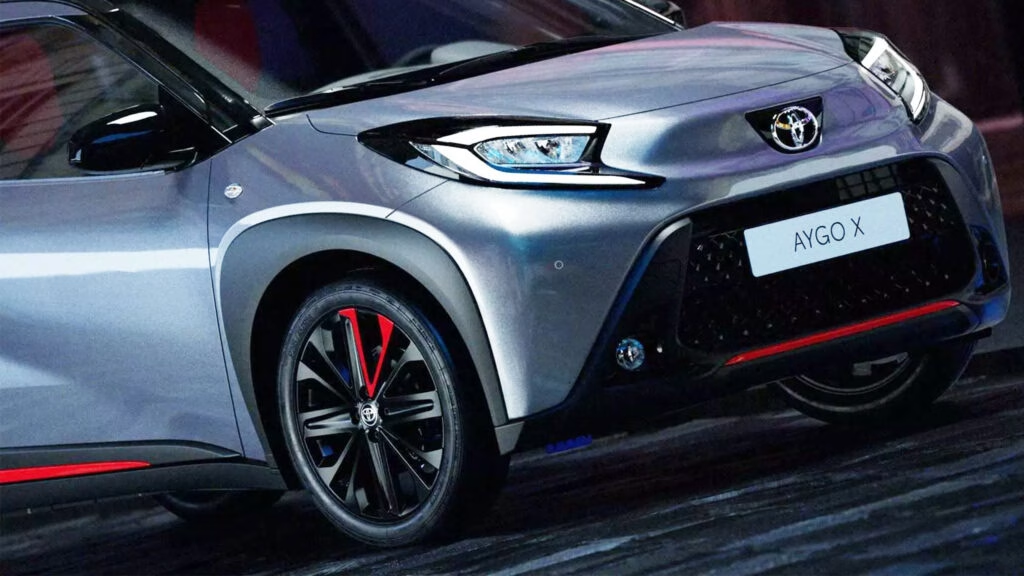Why Did Toyota Choose the Czech Republic for Its First European EV Factory?
Toyota’s decision to invest €680 million (about $792 million) in expanding its Kolin factory in the Czech Republic isn’t just a headline—it’s a strategic move that’s raising eyebrows across the auto industry. So, why Kolin? For starters, the Czech Republic has a long-standing reputation as a manufacturing powerhouse, especially in the automotive sector. According to the Czech Statistical Office, the auto industry accounts for roughly 10% of the country’s GDP and employs over 150,000 people. That’s not small potatoes.
But it’s not just about tradition. The Czech government is actively supporting the project, chipping in up to €64 million ($74.5 million) to help fund the expansion. Prime Minister Petr Fiala has been vocal about the economic and technological boost this brings—not just more jobs, but a leap forward in EV manufacturing know-how. In a region where competition for foreign investment is fierce, this partnership signals a strong commitment on both sides.
What’s Actually Changing at the Kolin Plant?
This isn’t a minor facelift. Toyota’s Kolin facility is set to grow from 152,000 to 173,000 square meters. That’s a lot of new real estate, and it’s being put to good use. The expansion adds a state-of-the-art production line dedicated to battery-electric vehicles, along with new welding and paint shops. These upgrades are more than cosmetic—they’re essential for handling the unique demands of EV assembly, from battery integration to lightweight materials.
Currently, the plant churns out the Yaris Hybrid and the Aygo X, with an annual capacity hovering around 220,000 vehicles. The new investment will not only increase that capacity but also diversify what rolls off the line. For Toyota, this is a test bed for future European EVs, and for Kolin, it’s a ticket to the next era of car manufacturing.
Is Toyota’s First European EV Going to Be a Small City Car?
Here’s where things get interesting. While the Kolin plant is known for compact models like the Aygo X, Toyota has hinted that its first European-built EV won’t necessarily be a pint-sized city car. The company’s TNGA-B architecture, which underpins the Yaris, could theoretically support a small EV. But Toyota’s leadership has suggested that now isn’t the right time to launch an ultra-compact electric in Europe, citing market demand and profitability concerns.
Instead, Toyota is focusing on the C, D, and E segments—think larger hatchbacks, sedans, and SUVs. This aligns with broader European trends, where consumers are gravitating toward more versatile electric models. According to the European Automobile Manufacturers’ Association, C-segment vehicles (like the Corolla) represent a sweet spot for both private buyers and fleets, especially as cities tighten emissions rules.
How Does This Move Fit Into Toyota’s Global EV Strategy?
Toyota has been famously cautious about going all-in on electric vehicles, preferring a mix of hybrids, plug-in hybrids, and hydrogen alongside battery EVs. But the European market is shifting fast. With the EU’s plan to ban new combustion engine cars by 2035, automakers are under pressure to localize EV production and reduce their carbon footprint.
Building its first European EV in Kolin is a clear signal that Toyota is ready to play ball. It’s not just about meeting regulatory targets; it’s about staying competitive as rivals ramp up local EV output. By investing in European manufacturing, Toyota can respond more quickly to market changes, avoid costly import tariffs, and appeal to eco-conscious consumers who want their cars made closer to home.
What Does This Mean for the Czech Economy and Workforce?
The impact goes well beyond Toyota’s balance sheet. For the Czech Republic, this investment is a big win. It strengthens the country’s position as a regional automotive hub and brings in new technology and training opportunities for local workers. The government’s financial support isn’t just a handout—it’s a bet on the future of Czech industry.
There’s also a ripple effect. Suppliers, logistics firms, and tech companies in the region stand to benefit from Toyota’s expanded footprint. According to a 2023 report from the European Commission, every new job in auto manufacturing creates up to three additional jobs in related sectors. So, the benefits are likely to spread far and wide.
What’s Next for Toyota’s European EV Ambitions?
While Toyota is keeping the specifics of its first European EV under wraps, the writing’s on the wall: this is just the beginning. The Kolin plant’s new facilities are designed to be flexible, meaning they can adapt as the EV market evolves. Whether the first model is a crossover, a sedan, or something else entirely, Toyota is setting itself up for long-term success in Europe’s fast-changing landscape.
The big takeaway? Toyota’s European EV push isn’t about perfection—it’s about smarter adjustments. Start with one change this week, and you’ll likely spot the difference by month’s end.

